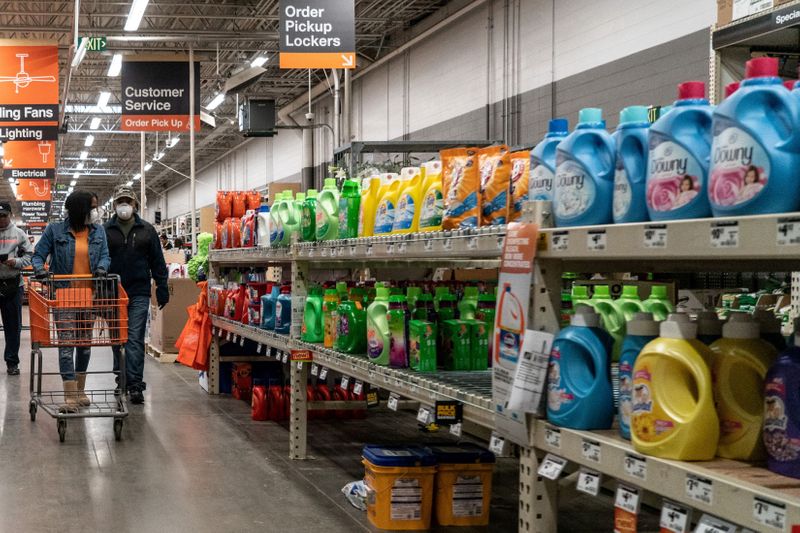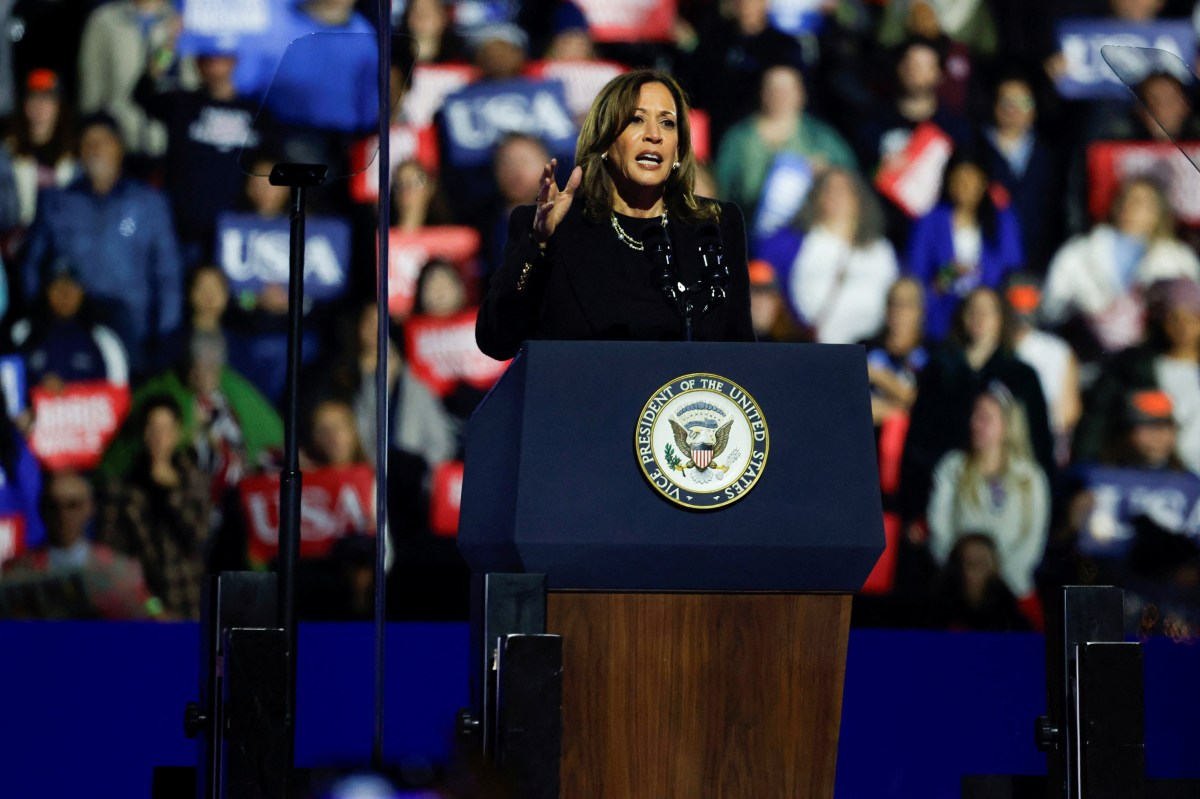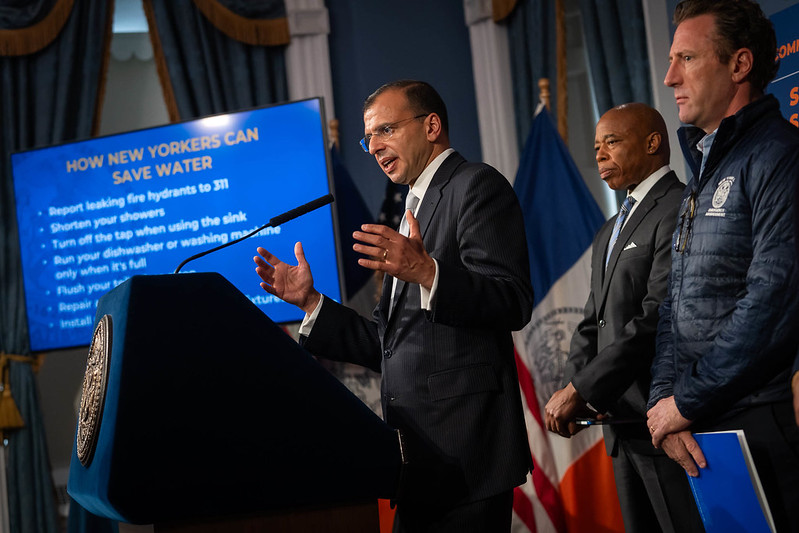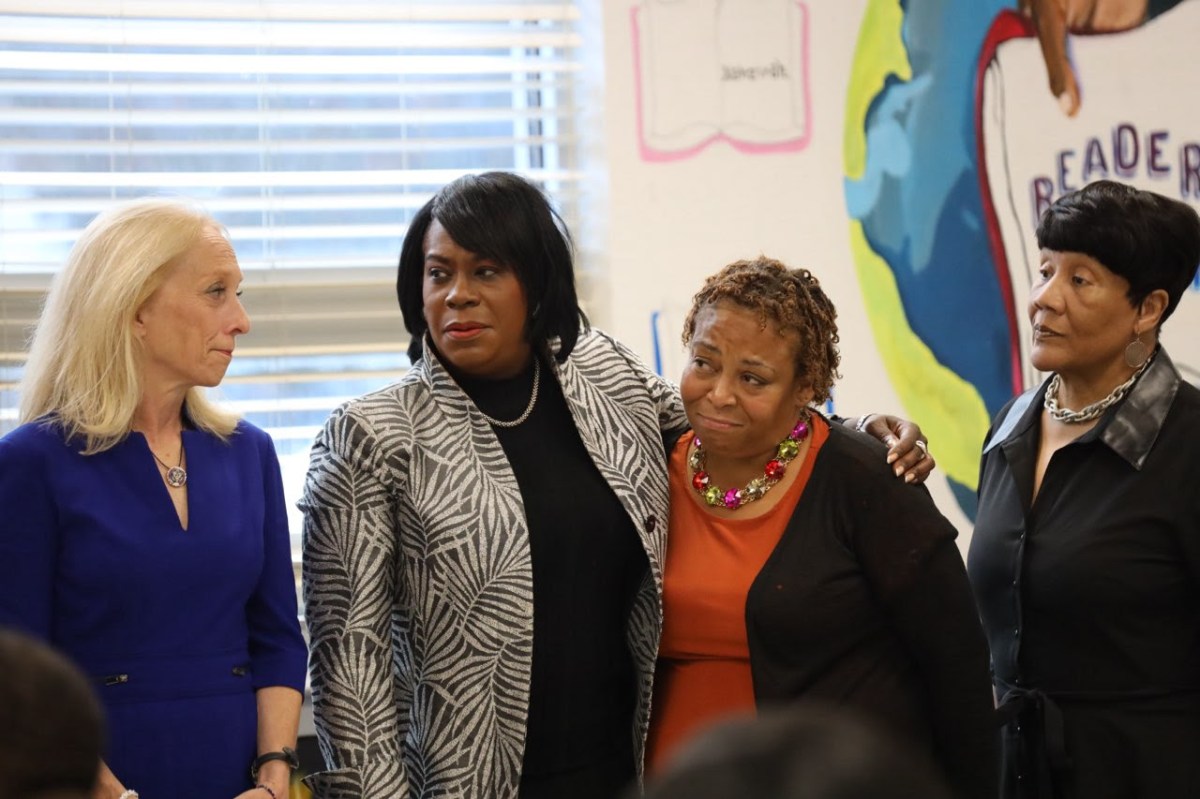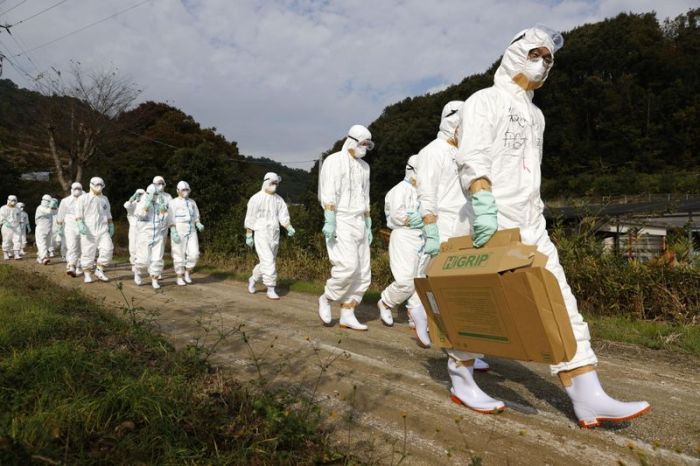NEW YORK (Reuters) – U.S. consumer prices increased more than expected in October as the cost of gasoline and food surged, leading to the biggest annual gain since 1990, further signs that inflation could remain uncomfortably high well into next year amid snarled global supply chains.
The consumer price index rose 0.9% last month after gaining 0.4% in September, the Labor Department said on Wednesday. In the 12 months through October, the CPI accelerated 6.2%. That was the largest year-on-year advance since November 1990 and followed a 5.4% jump in September.
STORY:
MARKET REACTION:
STOCKS: S&P e-mini futures extended a slight loss and were last off 0.31%, pointing to a weak open on Wall Street
BONDS: Yields on benchmark 10-year notes rose to 1.4762%. Two-year Treasury yields rose to 0.4869%
FOREX: The dollar index was steady, up 0.31%.
COMMENTS:
JOE SALUZZI, CO-FOUNDER, THEMIS TRADING LLC, NEW JERSEY
“The Fed knew this was coming and they’re sticking by their guns, saying this is not going to last that long. When you look at stocks, a lot of companies reported saying that they’ll increase prices to offset cost increase and they’ve actually done well, the earnings season was decent this time. With that said, this can’t go on forever. You can’t keep right raising the price of milk from $3 to $4 to $5 to $7. Eventually, something’s got to give.”“If the rate of change continues to rise, the Fed is going to have to make a move. But, at this point, they’re saying no, we’re comfortable with these numbers and we expected these numbers and they’ve hinted it all along too. They’ll taper the purchases but they’re not raising rates anytime soon, and not until next year.”
STEPHEN MASSOCCA, SENIOR VICE PRESIDENT, WEDBUSH SECURITIES, SAN FRANCISCO
“A little hot. I think that’s to be expected. I think a lot of this is directly related to the fact that we shut down, in some cases more dramatically than in other cases, and as things start to reopen, there’s a lot of disorganization in the economy.
“How much of this is due to a disorganized economy?… The only way we’re going to know is to see what the numbers are a year from today.
“I kind of agree with the central bankers. A big part of this inflation is transitory, and it’s due to a disorganized economy starting to function again.”
RUSSELL PRICE, CHIEF ECONOMIST, AMERIPRISE FINANCIAL SERVICES INC, TROY, MICHIGAN
“It’s tough for policymakers to ignore this report because the gains were so broadly distributed. It’s somewhat funny, one of the only things that did go down was alcoholic beverages, so at least consumers can drown their sorrows from higher prices.
“We may start to see some deceleration in food prices in the months ahead because yesterday’s PPI report showed declines at the final and intermediate stage of processing food.
“It might still be too early to say (if inflation will remain elevated) but, one factor that is likely to continue to contribute, and to contribute in a material way to elevated CPI readings, are housing costs which are related to rental rates. Housing costs are by far the largest percentage component of the CPI index, shelter accounts for just under 33%.”
RANDY FREDERICK, VICE PRESIDENT OF TRADING AND DERIVATIVES FOR CHARLES SCHWAB IN AUSTIN, TEXAS
“We haven’t seen as big of an increase in CPI as we have in PPI, which tells me that corporations have been absorbing a portion of that additional cost themselves which impacts their margins and profitability. But eventually, that has to be passed on if PPI numbers keep rising. So the fact that we’ve had high PPI numbers gave us some insight into the fact that we were going to get higher CPI, and there’s still a lot of room there, which tells me we’ll have higher inflation again next month as well.”
“These numbers have brought the probability of a rate hike in June up a little bit, but it won’t bring it any closer than June.”
BEN JEFFERY, INTEREST RATE STRATEGIST, BMO CAPITAL MARKETS, NEW YORK
“The most meaningful trend I think is the flattening of the curve, as the market is kind of assuming a more aggressive normalization path from the Fed.”
“What we heard from Powell at his press conference last week seems to suggest that for the time being they’re still crediting the upside in inflation to more supply-side issues, and so they are opting to remain patient until some of those supply-side concerns start to work themselves out in the middle of next year.”
“At this point the flatter curve seems to be pointing to more aggressive Fed action, so I think that’s going to be the primary story probably over the next several months or even the next quarter or two.”
JACK ABLIN, CHIEF INVESTMENT OFFICER, CRESSET CAPITAL, CHICAGO
“Inflation hawks probably aren’t surprised by this. The inflation came in higher than expected, and bond investors need to be compensated for the purchasing power risk. Already real rates are near record lows. At some point the bond market is going to realize they’ve been a punching bag in this whole market and they’ll demand some kind of compensation.”
RICK MECKLER, PARTNER AT CHERRY LANE INVESTMENTS IN NEW VERNON, NEW JERSEY
“It’s got to be disconcerting for the bond market to see a CPI number like this…What really is the biggest worry is that the bond market reacts to the point where it does finally become some competition for stocks. And I think we’re still a ways away from that. Even though the Fed believes that inflation is transitory, the evidence is starting to add up that that’s not true. But my guess is they’ll stick with their plan, at least for several more months.”
“The data is a negative for the market, but probably not the type of negative it might have been years ago, as retail investors continue to clamor particularly for technology stocks. The Fed has made very few moves outside of what they’ve told the markets they plan to do, but I think even they’ve got to be a little concerned by the strength of the increase.”
PETER CARDILLO, CHIEF MARKET ECONOMIST AT SPARTAN CAPITAL SECURITIES IN NEW YORK
“What do these numbers say? Simply that inflation is going to be long-lasting and structural inflation has picked up speed. These (year-on-year) numbers the highest, I believe, in about 21 years.
“The bottom line is that this is going to be a real challenge for the Fed in the coming months and suggests that inflation has not peaked.
“It’s going to lift the eyebrows of the Fed. Inflation will peak probably in the beginning of the second quarter, and over the next several months the Fed will have to change its tune a little bit and accelerate the pace of tapering.”
GREGORY DACO, CHIEF U.S. ECONOMIST, OXFORD ECONOMICS, NEW YORK
“This report is somewhat concerning in terms of the trend. We had been expecting higher inflation. We had been expecting a bit of a hotter month in October. But this surpassed our expectations. So we’re on a firmer trajectory in terms of inflation. And I think things will continue to get worse before they get better in terms of the inflation outlook because we don’t see core inflation peaking until sometime in early 2022.”
“From the Fed’s perspective, it puts additional pressure to consider earlier tightening of its monetary policy. This does not create an immediate force to lead them to tighten, but it does increase the pressure.”
JOSEPH LAVORGNA, AMERICAS CHIEF ECONOMIST, NATIXIS, NEW YORK
“It’s clear that the rate of inflation and the persistence of elevated inflation are much more than what policymakers and markets had expected. Counterintuitively, the higher inflation goes the more the market believes this will dent real income and in effect slow the economy, which to me is the wrong way of thinking, but that’s how the market is going to approach this.
“The problem with elevated inflation is the longer you have it, the more likely it becomes ingrained and a the less likely, even with a significant weakening of GDP growth, short of a recession, will change that new dynamic.”
PAUL NOLTE, PORTFOLIO MANAGER, KINGSVIEW ASSET MANAGEMENT, CHICAGO
“It is not supply, it is demand. The numbers today, US and globally, are showing that what we have is a demand-driven inflation that can be curtailed with higher interest rates and the Fed is behind the curve. They may now be forced into raising rates sooner rather than later.”
“Interest rates are going up, the yield curve is flattening and so growth stocks are relatively poorer performers while value is doing well with better numbers for some of the commodity stocks, financials, healthcare, industrials, basic materials.”
(Compliled by the global Finance & Markets Breaking News team)

